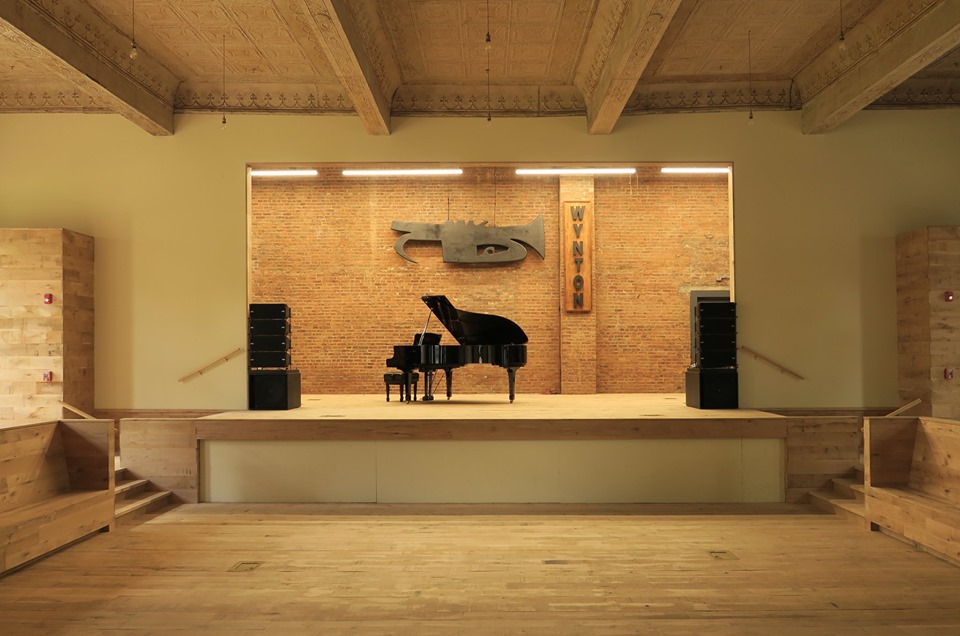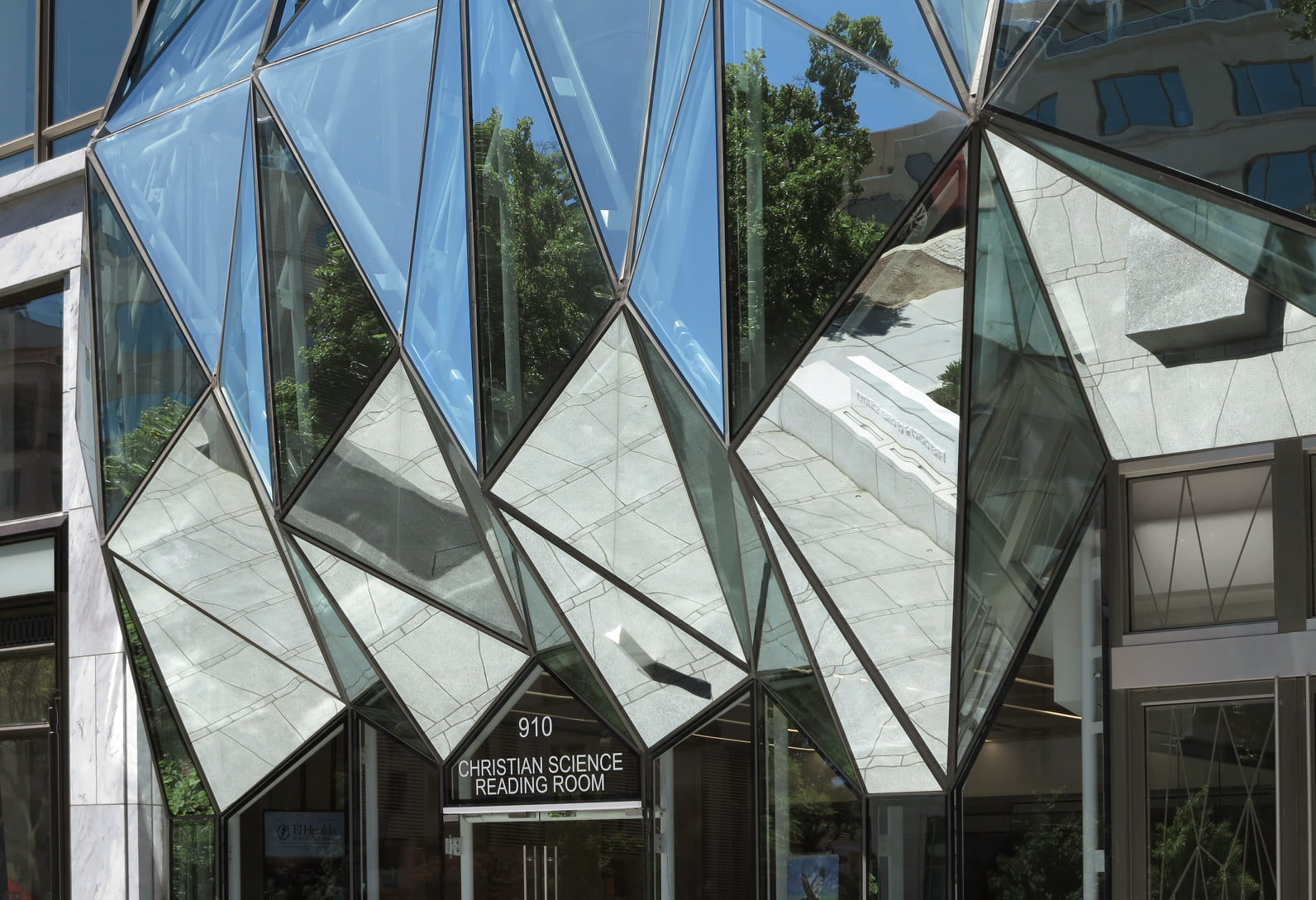There are multiple heroes in this story.
First, there were the three investors who stepped up to buy a small town’s community center, abandoned for 40 years and threatened with demolition.
Built in 1901 by a woman who was also a philanthropist, it ran through its endowment fund after she died and went on to become a mall for a while, then a gun shop and finally a Laundromat.
When the new investors held a town hall meeting and asked the community what they wanted most, their answer was unanimous: They wanted their Laundromat back.
And thanks to architect Doug Larson – another hero in this tale – they got it. The Manhattan-based Larson got involved in the building’s renovation early on, on a pro bono basis.
“I first came to town and here was this empty building, and I said to wife: ‘Wouldn’t it be interesting to come here and do shows in this old space, and pull the town together?’” he says. “It was more a social than architectural inspiration – about people getting together in person, rather than by telephones. It’s about community.”
A capital campaign got underway, gathering up pledges of about half the $6 million needed for a complete renovation. So Larson became selective about what he chose to tackle on the near-empty hall. Mostly, he wanted to connect it to the town, physically and emotionally.
“My strategy was to put the additions on outside of the brick box because it couldn’t handle the mechanical systems – plus put the mezzanines on the front and back and offer a connection to restaurants,” he says. “The building didn’t relate to downtown in any way so I came up with the idea of these additions on three sides for the mechanical systems and elevators – to take the old building and add contemporary needs to the exteriors.”
He restored the concert space inside, placing the Laundromat under the stage and favoring community over tradition. “We added a gallery around the perimeter and made it a square within a square and de-emphasized the proscenium,” he says. “Movies with an organ are brought in, and folk and rock bands too.”
The town held a fundraiser on opening night, inviting in one more hero. “Wynton Marsalis was here,” he says. “He was walking around the audience and playing to them on the lower floor area in the theater in the round.”
Now the community of Pine Plains in upstate New York is raising $3 million more to realize Larson’s ultimate design.
And place the Stissing Center permanently at the heart of their community.
For more, go here.
[slideshow id=2100]



